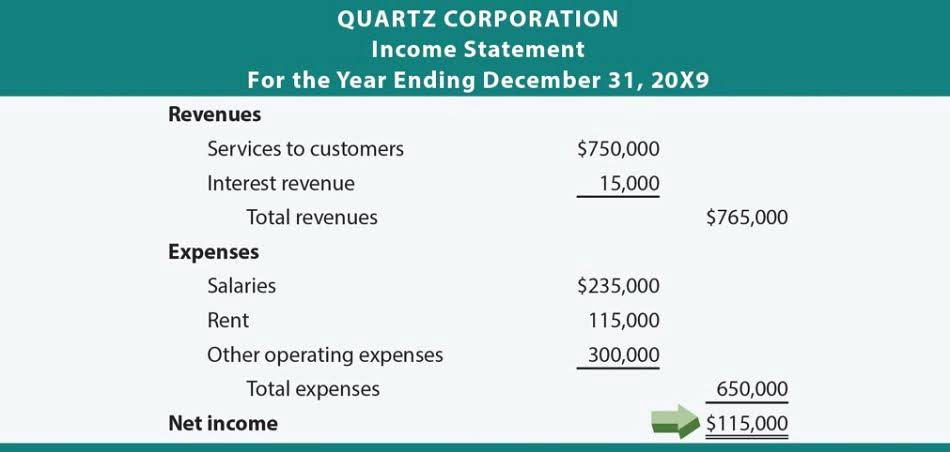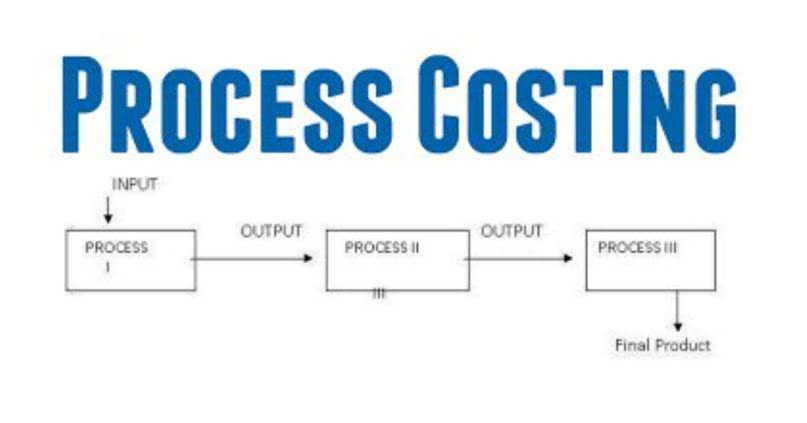
The account name used will be specified in the company’s Chart of what does notes receivable mean Accounts. When the note’s maturity rises after the completion of 90 days, the interest amount is paid to MPC. After a year, ABC Co. must record the receipt when the customer repays the loan. However, the customer will also pay an interest of $500 ($5,000 x 10%) on the note.
- Or, it may specify that interest will be due at certain points during the note’s duration (monthly, quarterly, semi-annually).
- However, in this case, the restaurant only recently opened, and a consistent cash flow has yet to be established.
- Interest income account is credited when the interest received has not been recognized already.
- It also clearly mentions the interest required to be paid along with the principal amount, which is the face value of the notes.
- It is similar to the maturity date of loans, representing a future point at which the borrower will repay the lender.
Ask Any Financial Question
- So, it is an asset for the bank, company, or the other organization which holds it in the form of a written promissory note given by another party.
- The accounts receivable is just as valid a claim as are the notes receivable, as well as the interest.
- From the side of the maker of the notes, it is known as the notes payable as he must pay the specific sum of money at a specified future date to the holder of the notes receivable.
- After a year, ABC Co. must record the receipt when the customer repays the loan.
- Notes receivable are assets and represent amounts due to a business by a third party (usually a customer).
The individual or business that signs the note is referred https://www.bookstime.com/ to as the maker of the note. As mentioned earlier, if Anchor used IFRS the $480 discount amount would be amortized using the effective interest method. If Anchor used ASPE, there would be a choice between the effective interest method and the straight-line method. On March 31 a similar entry will be made to record the interest revenue earned in March.

Double Entry Bookkeeping
- Notes Payable is a liability as it records the value a business owes in promissory notes.
- The duration of notes receivable is the length of the time that notes are outstanding or the number of days called for by the notes.
- At the beginning of each month, Tim makes the $2,000 loan payment and debits the loan account for $1,500, debits interest expense for $500, and credits cash for $2,000.
- This is usually done to give the company a more formal agreement with a customer with an overdue balance.
By properly accounting for these notes and following the appropriate procurement process, companies can greatly benefit from increased cash flow and improved financial stability. The journal entry will follow if a company pays another party https://x.com/BooksTimeInc directly in exchange for a note receivable. Cash or bank is debited by the sum of principal amount and interest not yet received. Interest receivable account is credited where the note carries simple interest. Interest income account is credited when the interest received has not been recognized already. No interest receivable account is used when the note carries compound interest, because in that case the carrying amount of notes receivable is increased by debiting it, as seen above.
How do I record a note receivable in my accounting records?

This is because not all the sales made to a particular customer are recorded in the customer’s subsidiary accounts receivable ledger. If the note extends beyond one period, interest is recorded at the maturity date or at the end of the accounting period using an adjusting entry. When a note is received from a customer, the Notes Receivable account is debited.
As a quick note, in this article we are mainly concerned with accounting for notes receivable; however, the concepts that we will consider apply equally well to notes payable. The implied interest rate is calculated to be 5% and the note’s interest component (rounded) is $2,165 (), which is the difference between the cash lent and the higher amount of cash repaid at maturity. Below is the schedule for the interest and amortization calculations using the effective interest method. Notice that the sign for the $7,835 PV is preceded by the +/- symbol, meaning that the PV amount is to have the opposite symbol to the $10,000 FV amount, shown as a positive value. This is because the FV is the cash received at maturity or cash inflow (positive value), while the PV is the cash lent or a cash outflow (opposite or negative value). Many business calculators require the use of a +/- sign for one value and no sign (or a positive value) for the other to calculate imputed interest rates correctly.

